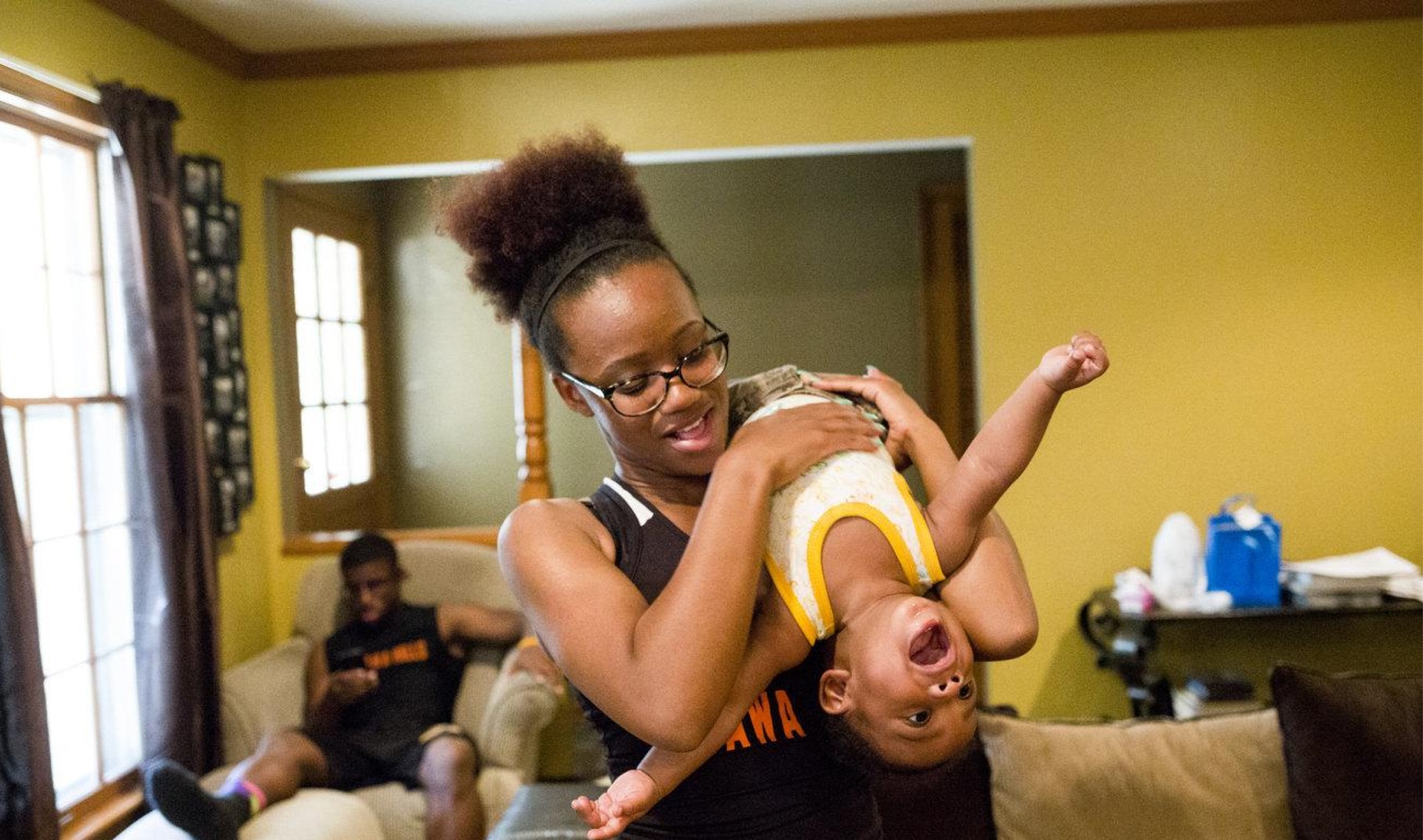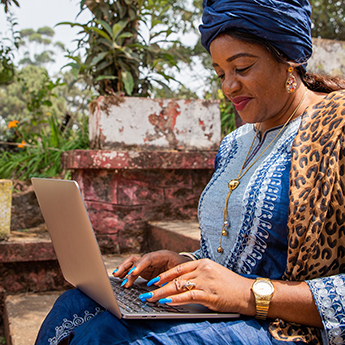Toolkits
Sexual & Reproductive Health Care In Emergencies Toolkit (SRH)



in memoriam
This toolkit is dedicated to our beloved friend and colleague, Jennifer Schlecht.
Jenn was the driving force behind this resource and instrumental in advancing family planning (FP) and sexual and reproductive health (SRH) preparedness work to meet the global crisis of increasing humanitarian emergencies and ever more people living as refugees and internally displaced. She had a vision to expand shared learning and guidance for preparedness, and thus strengthen SRH response and help achieve FP goals, through this body of work. This effort is in her honor and in hopes of moving her vision forward.

about
this toolkit
The purpose of the Ready to Save Lives toolkit is to bring together existing learning and guidance as a starting point for stakeholders to begin SRH preparedness work. Within the SRH sector the field of preparedness is relatively new and growing.
More collective effort is required to further evaluate the impact of preparedness efforts and push the field forward. This effort is a first attempt at synthesizing draft guidance for SRH preparedness, and is intended for field testing. The toolkit recognizes the longstanding work of the field of emergency and disaster risk management, and endeavors to bridge that work with the human rights-oriented and people centered field of sexual and reproductive health.
Glossary of Terms
The following term is adopted directly from the ICPD Programme of Action (1994).
A state of complete physical, mental, and social well-being (not merely the absence of disease and infirmity) in all matters relating to the reproductive system and its functions and processes. SRH therefore implies that people are able to have a satisfying and safe sex life and that they have the capability to reproduce and the freedom to decide if, when, and how often to do so. Implicit in this last condition are people’s rights to be informed and have access to safe, effective, affordable, and acceptable contraceptive methods of their choice, as well as other interventions and strategies for fertility regulation that are not against the law. People should also have the right to access appropriate healthcare services that will enable women to go safely through pregnancy and childbirth and provide individuals and couples with the best chance of having a healthy infant.










